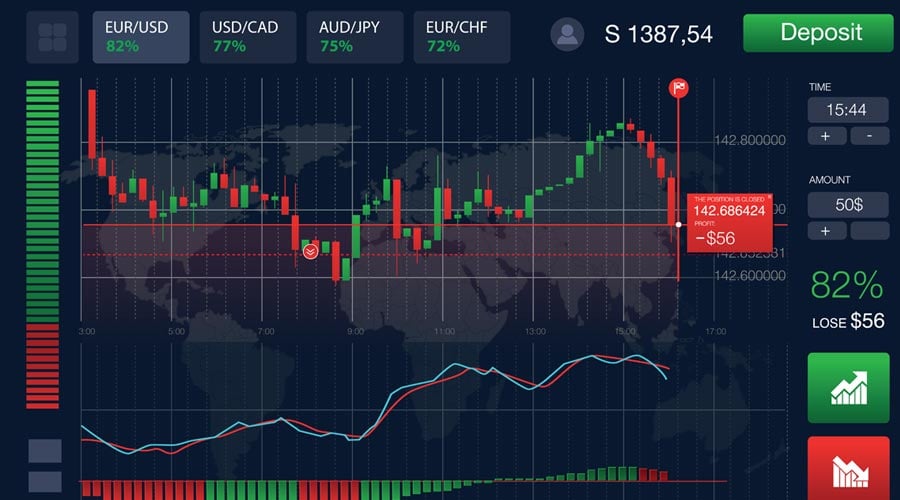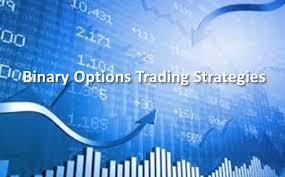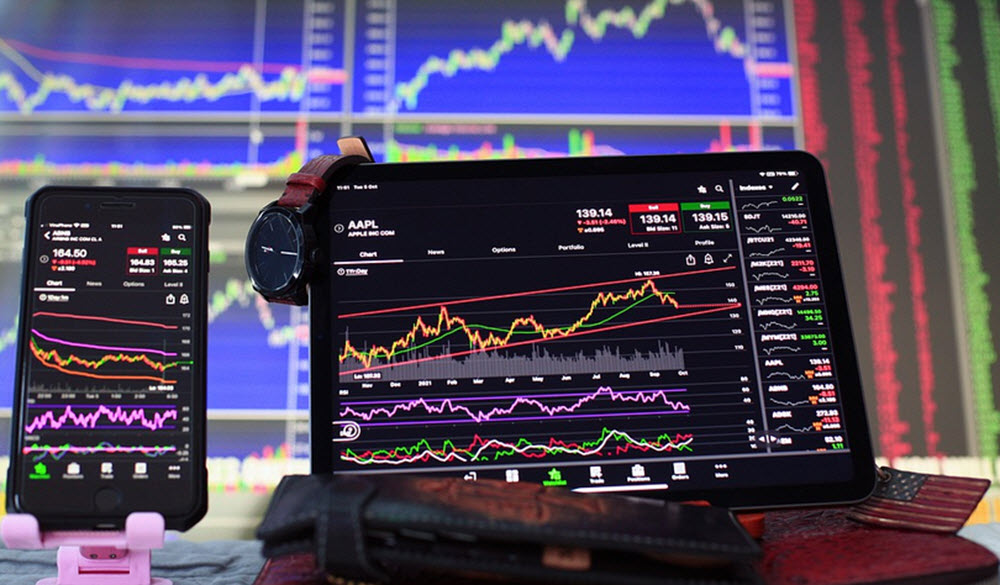
The Best Indicator for Binary Options: Strategies and Insights
When it comes to binary options trading, finding the best indicator for binary options can significantly enhance your chances of making profitable trades. Indicators serve as essential tools, providing traders with visual cues about potential market movements. In this article, we will explore various indicators, their functionalities, and how they can be utilized effectively in making informed trading decisions. Furthermore, you can find various best indicator for binary options 1 minute best binary options trading platforms that offer advanced tools and resources to assist your trading journey.
Understanding Binary Options Trading
Binary options trading allows investors to speculate on the price direction of various assets, including stocks, commodities, currencies, and indices. The primary characteristic of binary options is the ‘all-or-nothing’ nature, where traders decide whether the price of an asset will go up or down within a specific timeframe. If their prediction is correct, they earn a predetermined payout; if not, they lose their investment. Thus, having the right indicators to predict price movements is crucial in this high-stakes environment.
The Importance of Indicators in Binary Options
Indicators in binary options trading act as signals that help traders make decisions. They analyze price movements, trading volume, and other market parameters to indicate potential buy or sell opportunities. Understanding how to read these indicators can empower traders to make data-driven choices, rather than relying solely on intuition.
Types of Indicators for Binary Options
1. Trend Indicators

Trend indicators, such as Moving Averages (MA) and the Average Directional Index (ADX), help traders identify the direction of the market. Moving Averages smooth out price data, making it easier to spot trends over time. The ADX quantifies the strength of a trend, helping traders understand whether to engage in a trade or to wait for different market conditions.
2. Momentum Indicators
Momentum indicators measure the speed of price movement, providing insights into the strength of a trend. Popular momentum indicators include the Relative Strength Index (RSI) and Stochastic Oscillator. The RSI can indicate overbought or oversold conditions, signaling potential reversals, while the Stochastic Oscillator compares a particular closing price to a range of prices over time, helping traders identify potential turning points.
3. Volatility Indicators
Volatility indicators measure the degree of price fluctuations in a market. The Bollinger Bands and Average True Range (ATR) are two such indicators. Bollinger Bands consist of a middle band (the moving average) and two outer bands that indicate volatility. When the price approaches the upper band, it suggests overbought conditions, while touching the lower band indicates oversold conditions. ATR, on the other hand, helps traders gauge market volatility, allowing them to adjust their strategies accordingly.
4. Volume Indicators
Volume indicators analyze the traded volume of an asset to confirm trends or identify potential reversals. The On-Balance Volume (OBV) and Chaikin Money Flow (CMF) are common volume indicators. OBV uses volume flow to predict changes in stock price, while CMF measures the buying and selling pressure for a security, providing insights into market dynamics.
Combining Indicators for Better Results

Using a single indicator might not be enough for effective binary options trading. Many successful traders combine multiple indicators to develop a more comprehensive trading strategy. For instance, a trader might use a trend indicator alongside a momentum indicator to confirm potential trade setups. Combining indicators can minimize false signals and enhance accuracy.
How to Choose the Best Indicator for Binary Options
Choosing the best indicator for binary options trading largely depends on your trading style, the assets you’re trading, and market conditions. Here are some factors to consider:
- Trading Style: Are you a day trader, swing trader, or position trader? Each style benefits from different indicators.
- Market Conditions: In volatile markets, volatility indicators may be more useful, while trend indicators may be beneficial in stable markets.
- Asset Type: Different assets may behave differently; therefore, certain indicators may work better for stocks than for forex or commodities.
Practical Tips for Using Indicators
To increase the effectiveness of indicators in binary options trading, consider these practical tips:
- Practice on a Demo Account: Before real trading, use a demo account to test various indicators and strategies to find what works best for you.
- Stay Informed: Keep abreast of market news and events that could influence asset prices. Indicators are useful, but they’re part of a broader analysis.
- Adjust Your Parameters: Customize indicator settings according to your trading preferences and market behavior for enhanced accuracy.
- Manage Your Risk: Use indicators to inform your trades, but always have a risk management strategy in place to protect your capital.
Conclusion
Finding the best indicator for binary options trading requires experimentation and a deep understanding of market dynamics. Traders should explore various indicators—trend, momentum, volatility, and volume—and consider combining them for more reliable trading signals. It’s essential to align choice of indicators with trading style, market conditions, and asset types. Ultimately, successful binary options trading lies in informed decision-making, proper analysis, and effective risk management. Embrace the tools at your disposal and refine your strategies for a flourishing trading experience.
